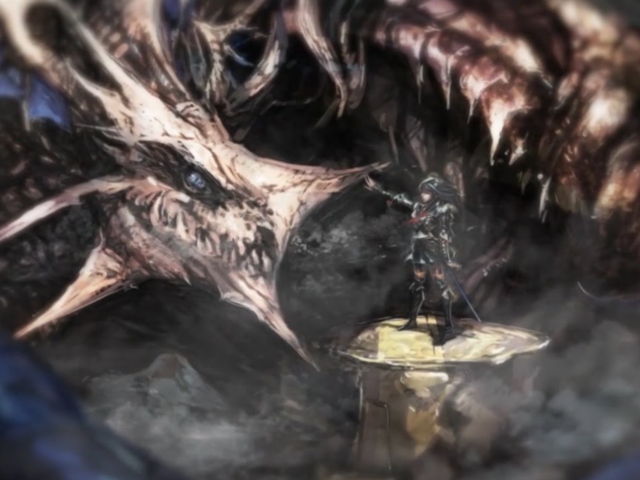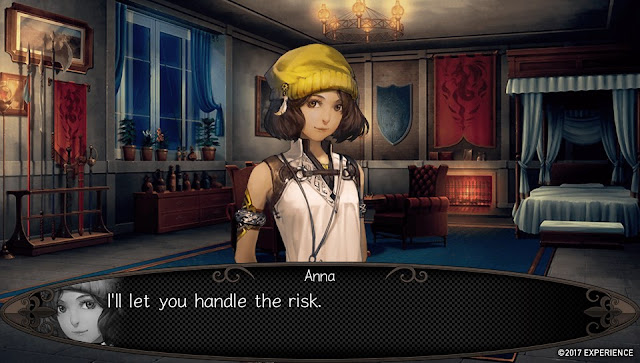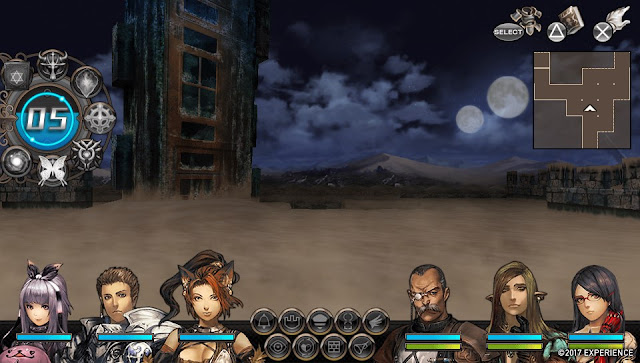– Clark A.
Anime Editor
Latest Articles
I’ve been making my way through the surprise-dropped Tomb Raider Definitive Edition that landed on the…
Welcome to Digitally Downloaded’s weekly catch-up news feature, the catch-up coffee. Here, I bring you the…
Originally revealed during a Japanese Nintendo Direct earlier this year, the asymmetrical escape-action game Pritto Prisoner…
Shueisha Games and historia have announced their upcoming psychological horror adventure game, UN:Me. The game brings…
It has been well over two years since DANGEN Entertainment announced that it would be publishing…











